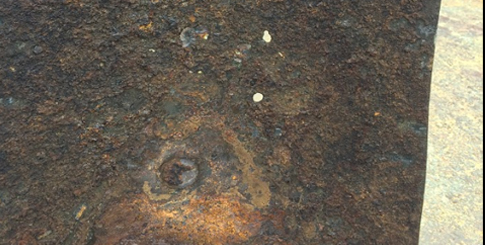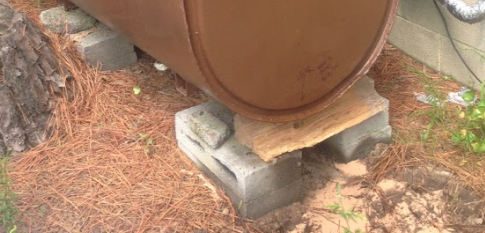As winter approaches, now is the perfect time to make sure your home heating oil storage system is working properly. Here are some tips to ensure it will get you through the cold season:
- 1. Check for leaks As part of routine maintenance, you should inspect for leaks in the tank, as well as any pipes, vents lines and fittings emanating from the unit.
- 2. Check for corrosion If you have an above ground tank, either indoor or outdoor, make sure to check it for signs of corrosion. Start from the bottom of the tank and work your way up looking for rust. Remember, corrosion typically starts from the inside, so if rust is visible from the exterior, that’s usually a good sign that it needs to be replaced.

- 3. Check the vent pipe The system’s vent pipe should be checked regularly throughout the season for obstructions.
- 4. Replace old pipes As the system ages, it naturally begins to break down. While it is relatively simple to replace pipes that you can see, the ones that you can’t often extend far past their expected lifetime. Consider having any underground pipes replaced if you think they might be getting too old.
- 5. Help out the delivery person Before getting an oil delivery, make sure your street number is clearly visible from the road. Also, make sure to mark the location of the fill pipe.
- 6. Clean out the tank The inside of your oil tank should be cleaned out every five years. This helps prevent water and sludge buildup, which leads to corrosion and leaks.
- 7. Check the tank’s stability Tanks are heavy. When full, a 275 gallon tank can way upwards of 2,000 pounds. Over time, the legs may start to buckle. This is especially important for outdoor tanks. In those cases, the legs should stand on a concrete base under compacted dirt. If the concrete is cracked or the ground begins to cave, work needs to be done to repair the supports.

- 8. Clean outdoor tanks Outdoor tanks, because they’re exposed to the elements, have a shorter lifespan than their indoor counterparts, typically around 15 years. You should replace the tank as it nears that mark, but, if it’s still fairly new, there are things you can do to increase it’s longevity.
- 9. Remove underground tanks properly As with outdoor above ground tanks, underground ones also have a 15 year lifespan. If yours is that age or older, it need to be properly decommissioned. This includes having it emptied of all liquid and either removed from the ground or filled in with a solid, inert material.
As a whole-home heating provider, SMO Energy can help you maintain your tank and keep it in good shape throughout the year. We also provide free estimates to replace your tank if you notice any of the critical signs listed above. If you have concerns about the condition of your tank or would like to learn more about tank maintenance and replacement, contact us today.
